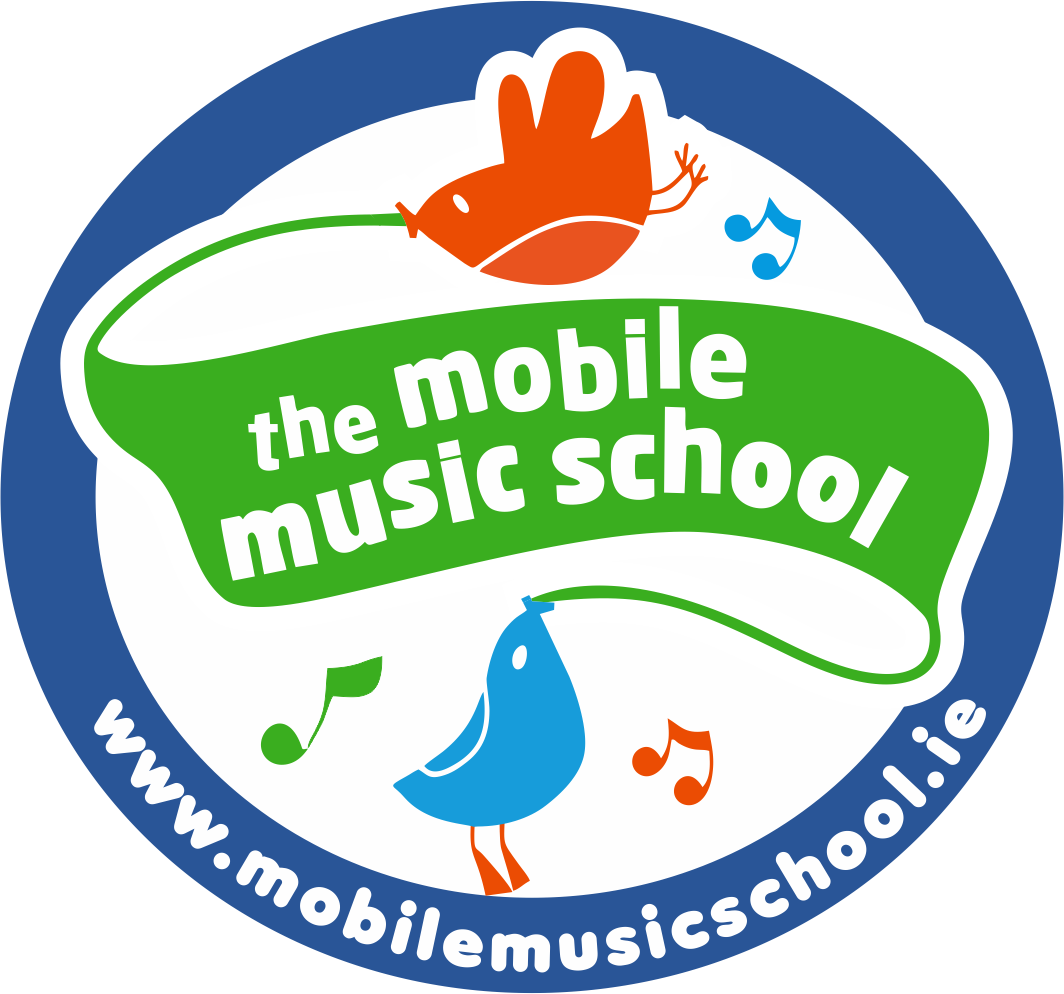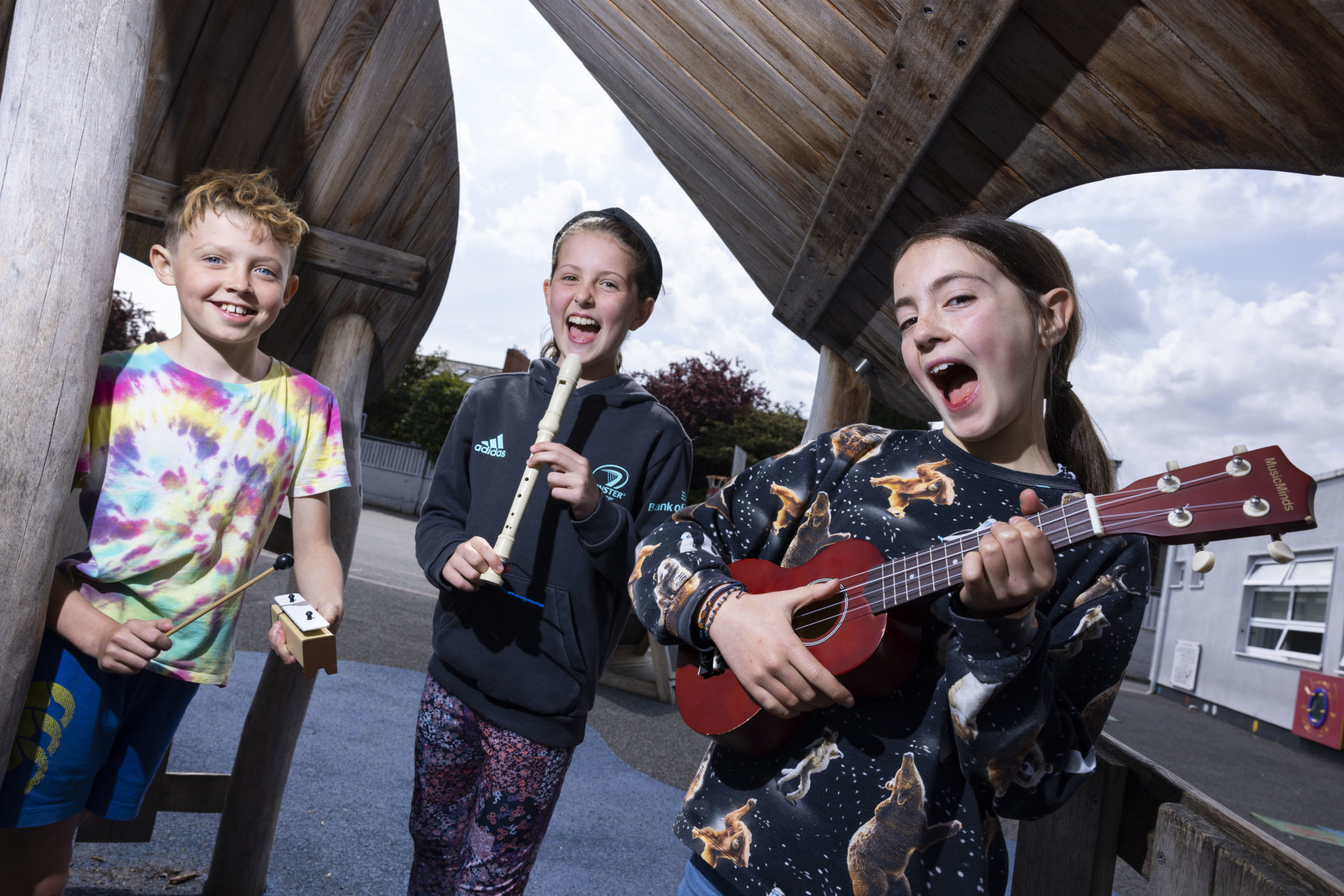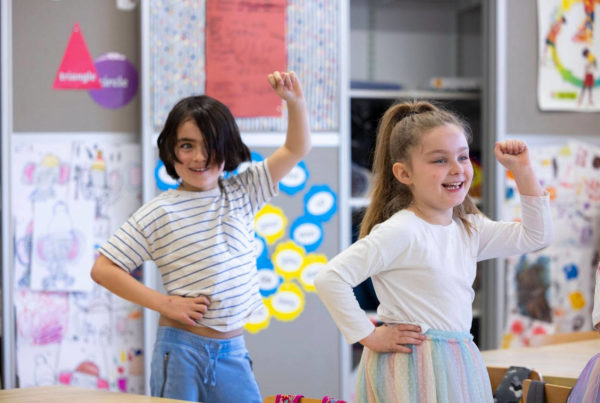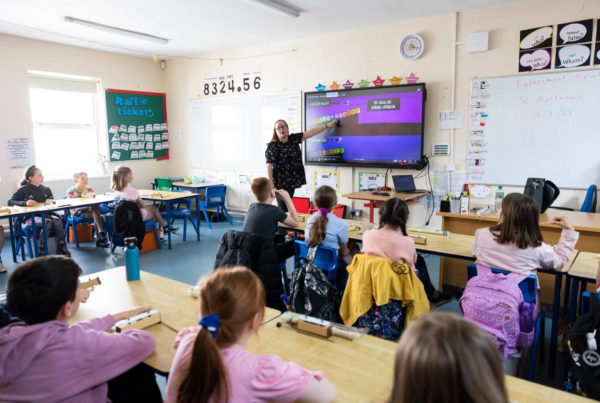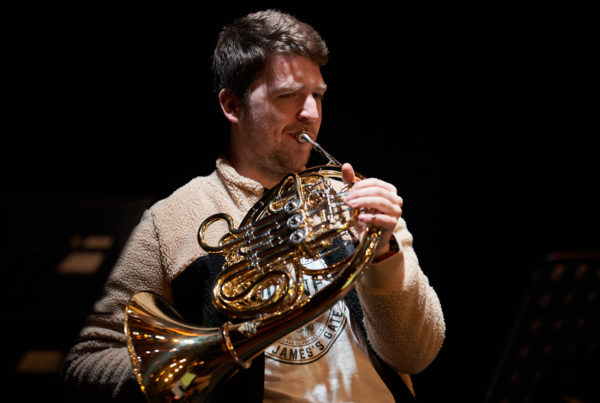We’re so passionate about primary school music education, that we gladly share our music resources for primary schools. In this week’s blog post, we’ll be sharing some tips for planning a classroom music lesson. When organizing a primary school music lesson for the classroom, preparation is key! It’s important to plan ahead, discerning what can realistically be covered in the lesson, what resources and equipment you have available, and what songs may be appropriate with the class group you have. Without proper planning, even the best music lesson can fall flat on the day! So with that in mind, check out our top tips for planning a classroom music lesson below!
Primary School Music: Top Tips for Planning a Classroom Music Lesson
Over-prepare for the lesson.
When planning a classroom music lesson, it’s important to have more materials prepared than you think you’ll need. The class may unexpectedly fly through an activity or concept very quickly, leaving a surplus amount of time left over. In these cases, having an extra activity or song prepared in advance is really helpful!
Time management.
Time management whilst lesson planning is also very important. You’ll want to give yourself plenty of time to cover everything, and a bit of wiggle room in case an activity or song goes on longer than expected. However, as mentioned above, do make sure you have some back up material, in case the class finishes too quickly!
Don’t try to take on too much at once.
Plan simply! Have a few, set learning outcomes for the lesson and stick to them throughout. Make sure that these learning outcomes are actually achievable, and keep in mind the abilities of the class when planning out the lesson. If you overburden the students with too much information at once, they won’t get anything from the lesson.
Use engaging materials
The materials and resources that you use in your classroom will make all the difference. Small handheld percussion instruments are easily affordable, easy to use, and can add so much to a music class. These instruments, for example, shakers, claves, or frame drums, allow pupils to interact more in the lesson, and adds a music making element to the lesson. Using resources such as interactive whiteboards and flashcards are really helpful as well. Basically, any materials or resources that gets pupils hands-on and involved are perfect. By making the lesson as interactive as possible, students will retain more information, making the lesson itself more fruitful.
Implement short activities with lots of repetition
Short activities with lots of repetition give the pupils the class to learn the simple things well, rather than the complicated things half-done. Using repetition in the classroom helps the pupils to really grasp the concepts being taught. The short length of the activities will keep the students engaged throughout.
Choose straightforward, well known songs.
When learning songs in the classroom, picking a song that students already know can be beneficial, as they are more likely to sing out. Choosing simple, well known songs will ensure that the class runs smoothly, and that the pupils come away with something concrete. As mentioned above, the goal of a music class is to get the simple things done well.
Incorporate group work and challenges.
Using group work in classes fosters an element of teamwork between pupils. Setting mini group challenges in the lesson can be really fun and beneficial, and adding an element of competitiveness into the class can increase student’s participation, and enjoyment of the lesson!
Interest in more of our primary school music resources? Check them out here.
